Apple’s legacy is often linked with iconic devices like the iPhone and Mac, shaping a service-driven revenue model with remarkable success. However, no category showcases Apple’s dominance quite like the tablet market.
Back in 2010, co-founder Steve Jobs introduced the first iPad, sparking a debate on the existence of a “third category” of devices. He envisioned the iPad as “more intimate than a laptop, and far more capable than a smartphone.” Fast forward over a decade, and the iPad has indeed carved out its niche, evolving into a versatile tool for everything from watching movies to tackling creative projects. With iPadOS 26, we’re witnessing a continued evolution of Apple’s tablet lineup.
The First Generation iPad – 2010

The original iPad was a chunky device, featuring a metallic chassis and a 9.7-inch display. Although it lacked a rear camera and multitasking capabilities, it priced at $499, branding itself as “a magical and revolutionary device at an unbelievable price.” The A4 processor provided a snappy experience and marked the introduction of an SDK for developers.
Interestingly, Apple launched a version of the iWork suite specifically for the iPad’s touch-interface, available for $9.99 each, which now comes preinstalled on modern iPads. Its reviews noted that “as time goes by, you’ll find many more usages where the iPad becomes indispensable.”
iPad (2nd Generation) – 2011
In 2011, Apple unveiled the iPad 2, equipped with the dual-core A5 chip that doubled the performance. Moyens I/O found it markedly more agile, especially with demanding apps like GarageBand.

This model was slimmer, lighter, and boasted a rear camera, becoming the first iPad with two cameras. Despite more features and an app catalog that grew to about 350,000, the price remained unchanged. Nonetheless, the absence of Flash support in Safari was seen as a significant drawback.
iPad (3rd Generation) – 2012
The third-generation iPad introduced a Retina display, providing four times the pixels of its predecessor. Apple claimed it delivered “the highest resolution display ever seen on a mobile device.”

Along with a quad-core A5X processor for enhanced graphics and a 5-megapixel iSight camera, it also added 4G LTE support. Moyens I/O remarked that it truly felt like the device Jobs had promised.
iPad (4th Generation) and iPad Mini – 2012
In late 2012, the iPad Mini debuted, described by Apple as “as thin as a pencil.” Featuring a 9.7-inch Retina display powered by the A5 processor, it brought a fresh design to the lineup.

Launching at $329, it captured attention with impressive specs. Additionally, the fourth-generation iPad introduced the A6X processor with doubled CPU and GPU performance, featuring a Lightning connector for the first time, maintaining the cost at $499.
iPad Air (1st Generation) and iPad Mini 2 – 2013

The first iPad Air, released in 2013, was thinner and lighter, featuring the new A7 processor and boasting enhanced performance. It was recognized as the world’s lightest full-sized tablet, priced at $599.
The second-generation iPad Mini mirrored the upgraded A7 processor and presented a delightful 7.9-inch Retina display.
iPad Air (2nd Generation) and iPad Mini (3rd Generation) – 2014
In 2014, the design philosophy was once again transformed with the introduction of the second-generation iPad Air, which included a fingerprint sensor and improved camera capabilities.
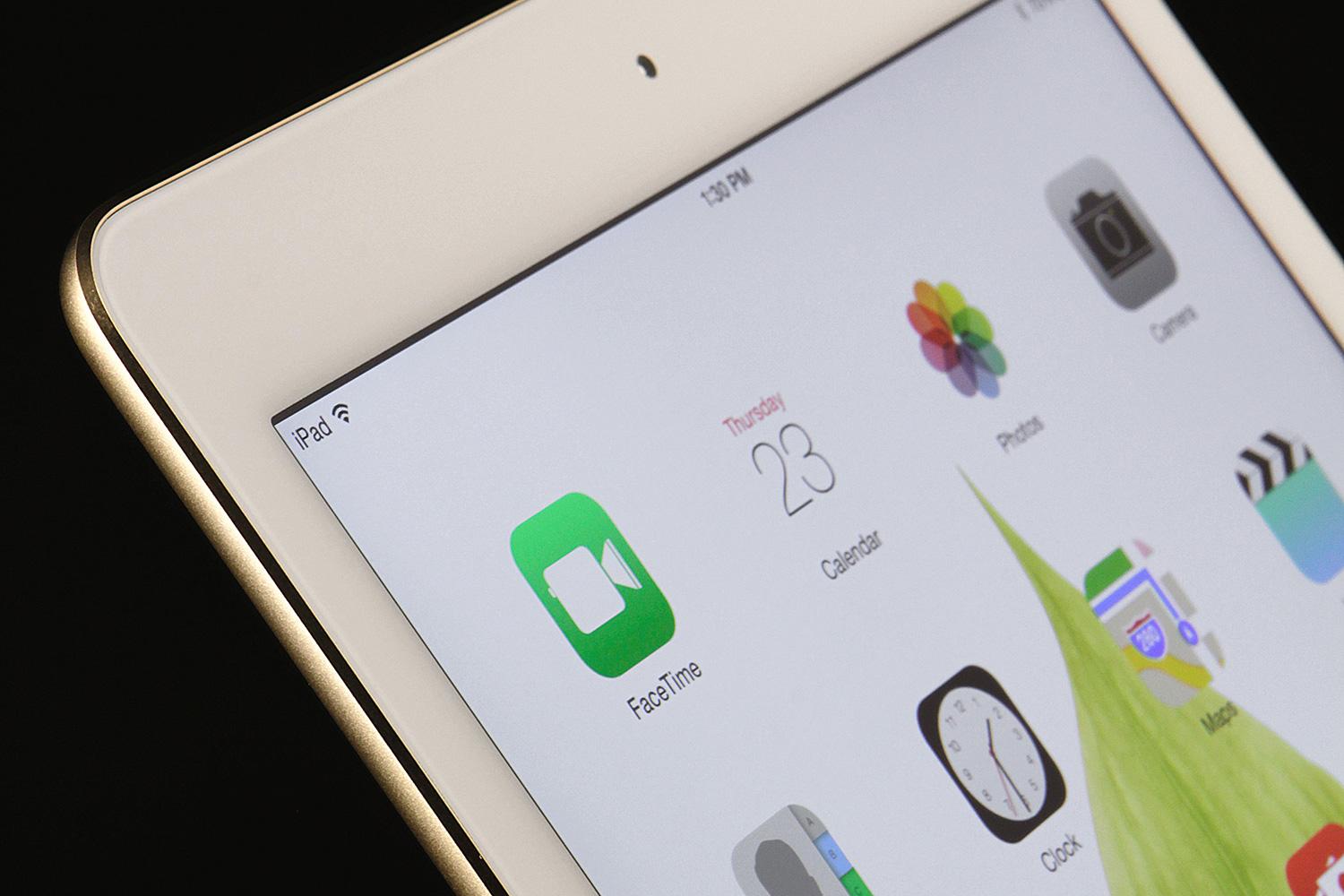
It was the thinnest iPad yet, and the A8X chip significantly improved graphics performance. In tandem, the third-generation iPad Mini saw a fingerprint sensor introduced.
iPad Pro (1st Generation) and iPad Mini (4th Generation) – 2015
Apple surprised many in 2015 with the launch of the iPad Pro, featuring a massive 12.9-inch Retina Display and the powerful A9X processor.
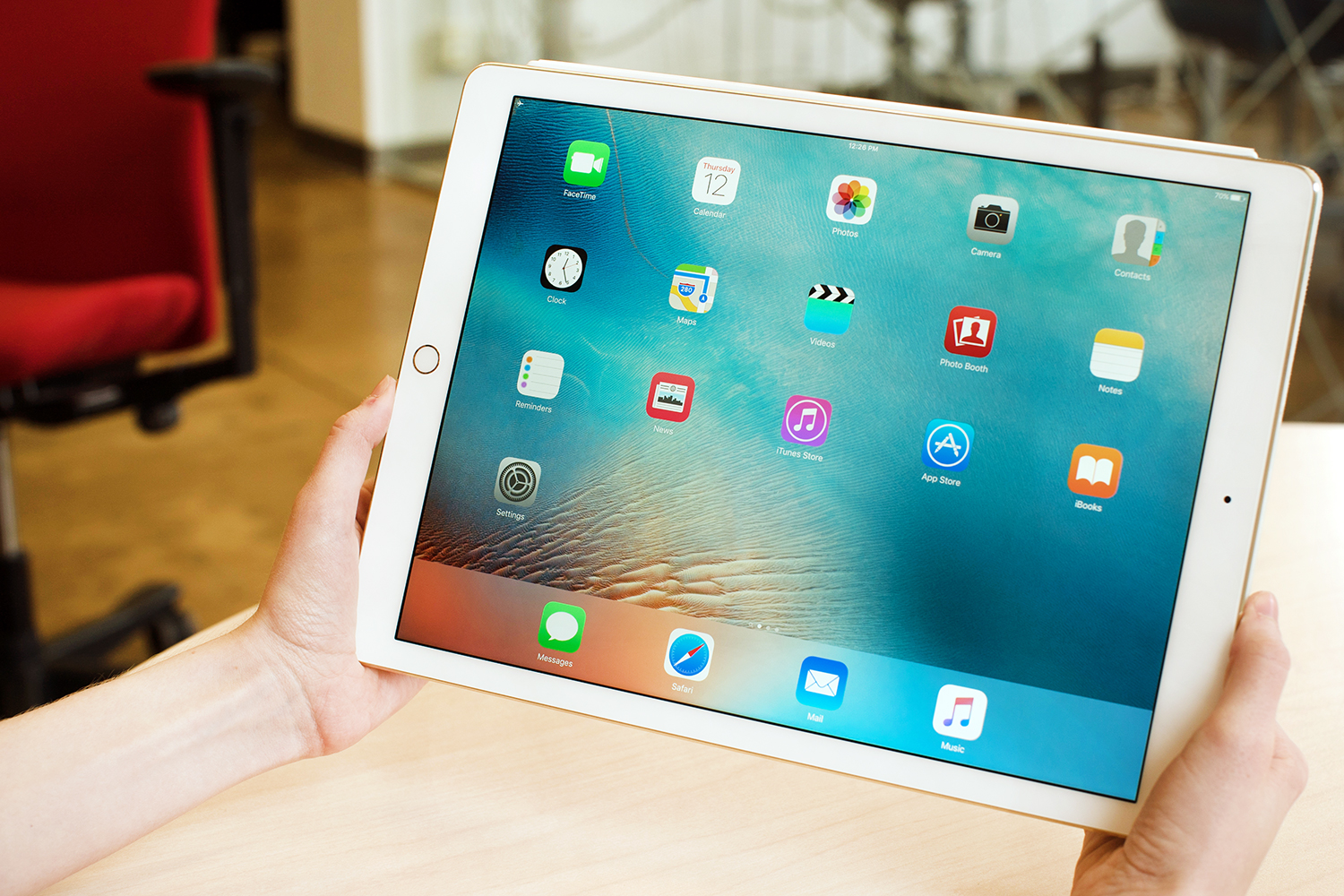
This device came with the Apple Pencil and a keyboard, earning accolades for being the best large tablet on the market, despite a high starting price of $799.
iPad Pro (9.7-inch) – 2016
2016 saw the resurrection of smaller but powerful devices with the 9.7-inch iPad Pro. It brought improved display quality and was powered by the A9X processor.
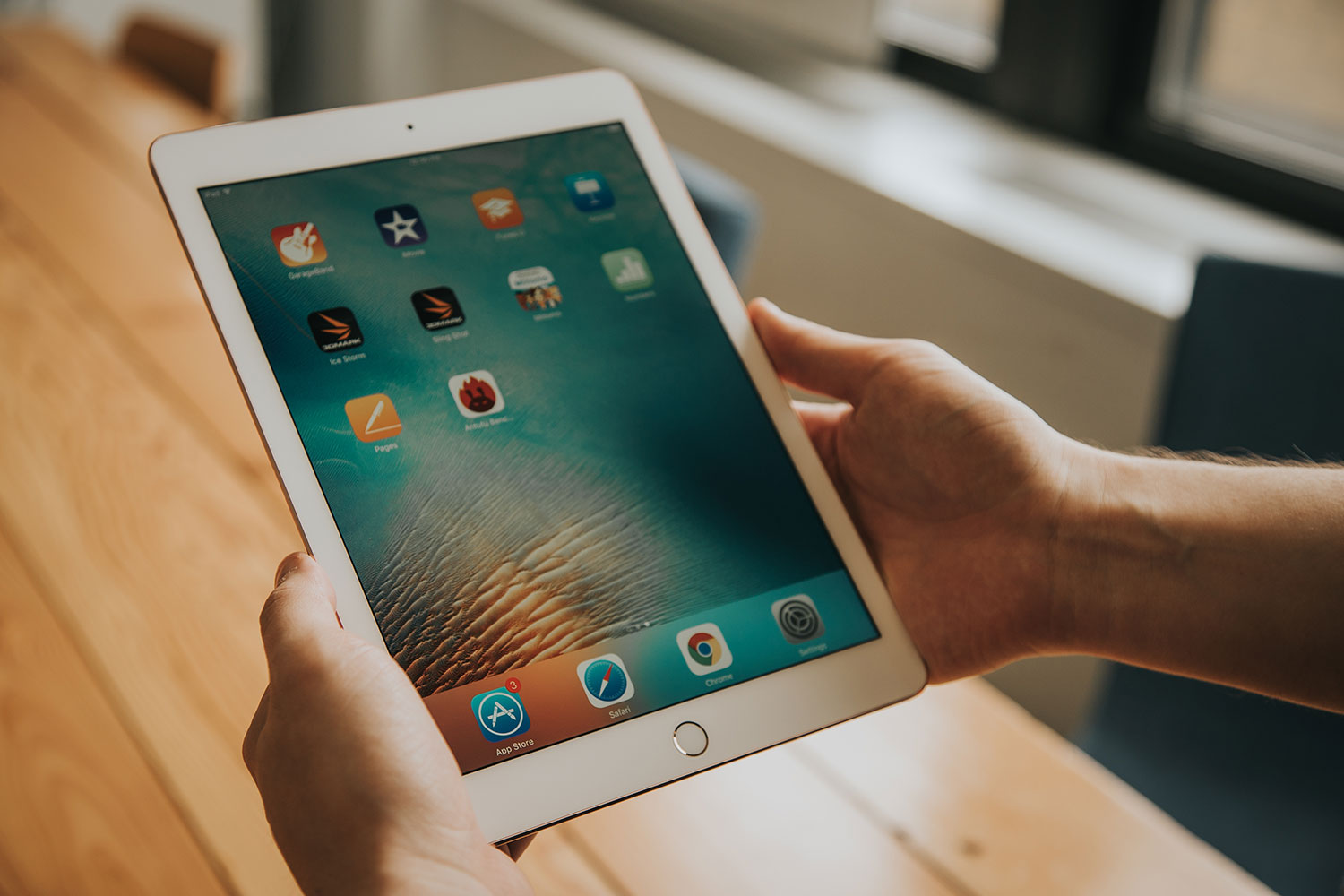
It offered an enhanced camera system and quad speakers while maintaining a price point of $599.
iPad (5th Generation) — 2017
After a gap of attention on the Pro, Apple made a triumphant return to baseline tablets with the 5th-generation iPad, priced at $329 and known for its affordability.
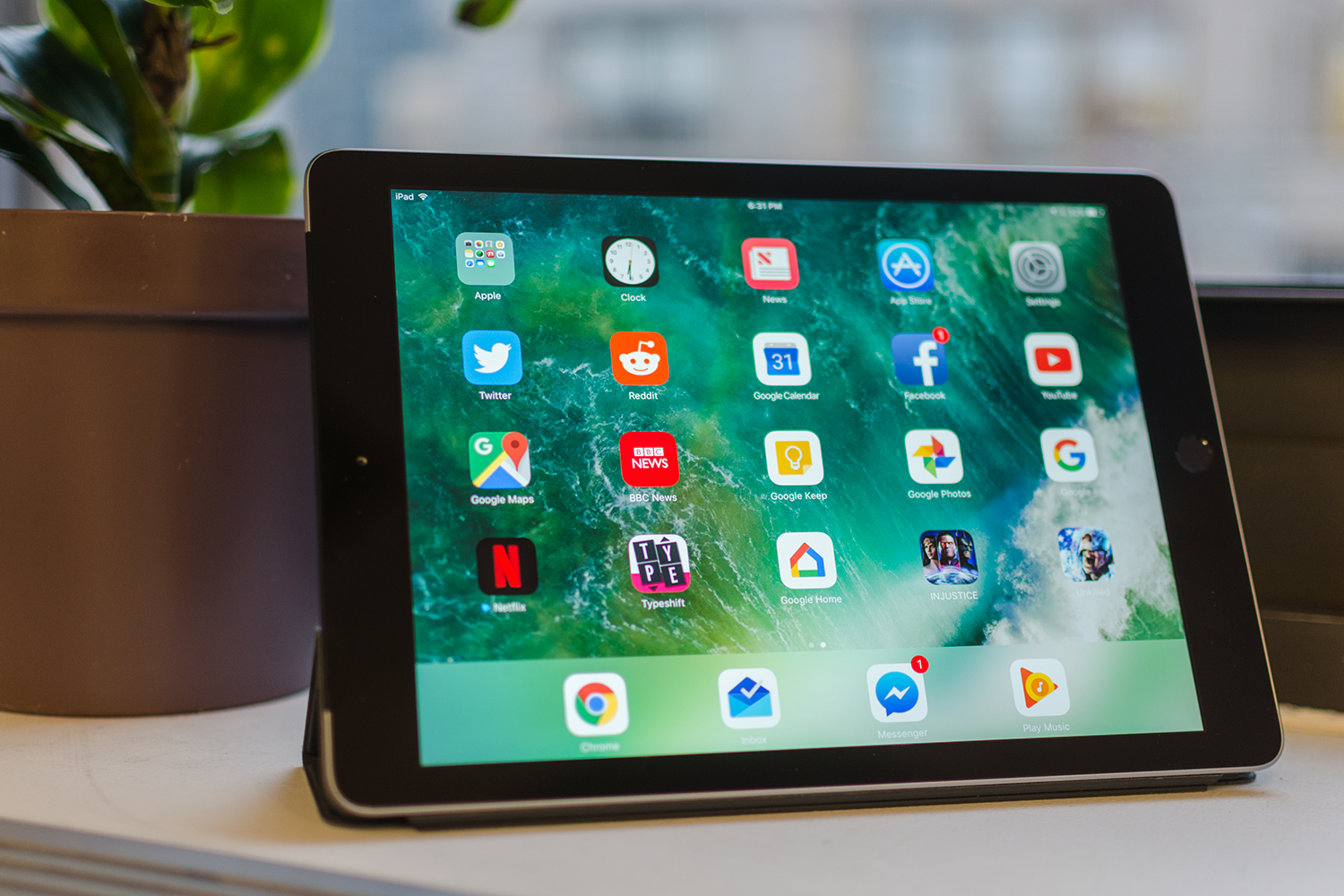
This tablet also showcased a Retina display, A9 processor, and was perfect for everyday tasks, earning the title of “everyman’s tablet.”
iPad Pro (10.5-inch) and 12.9-inch (2nd Generation) — 2017
That year, Apple made a slight revision to the iPad Pro through expansion to a 10.5-inch size. Its powerful specs and features suited those looking for performance.
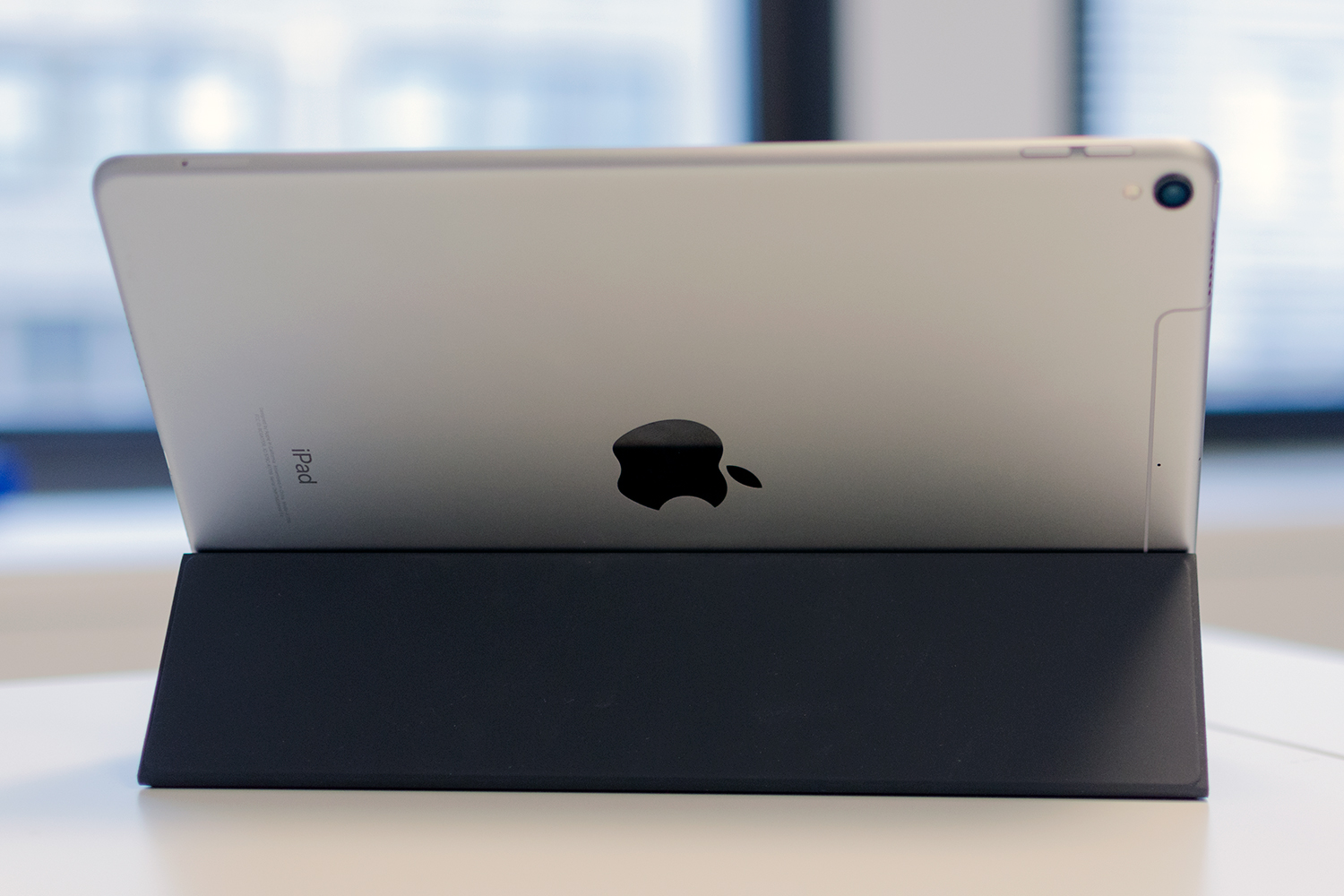
iPad (6th Generation) – 2018
In 2018, the 6th-generation variant was released, now with Apple Pencil support while remaining at an attractive price point of $329.
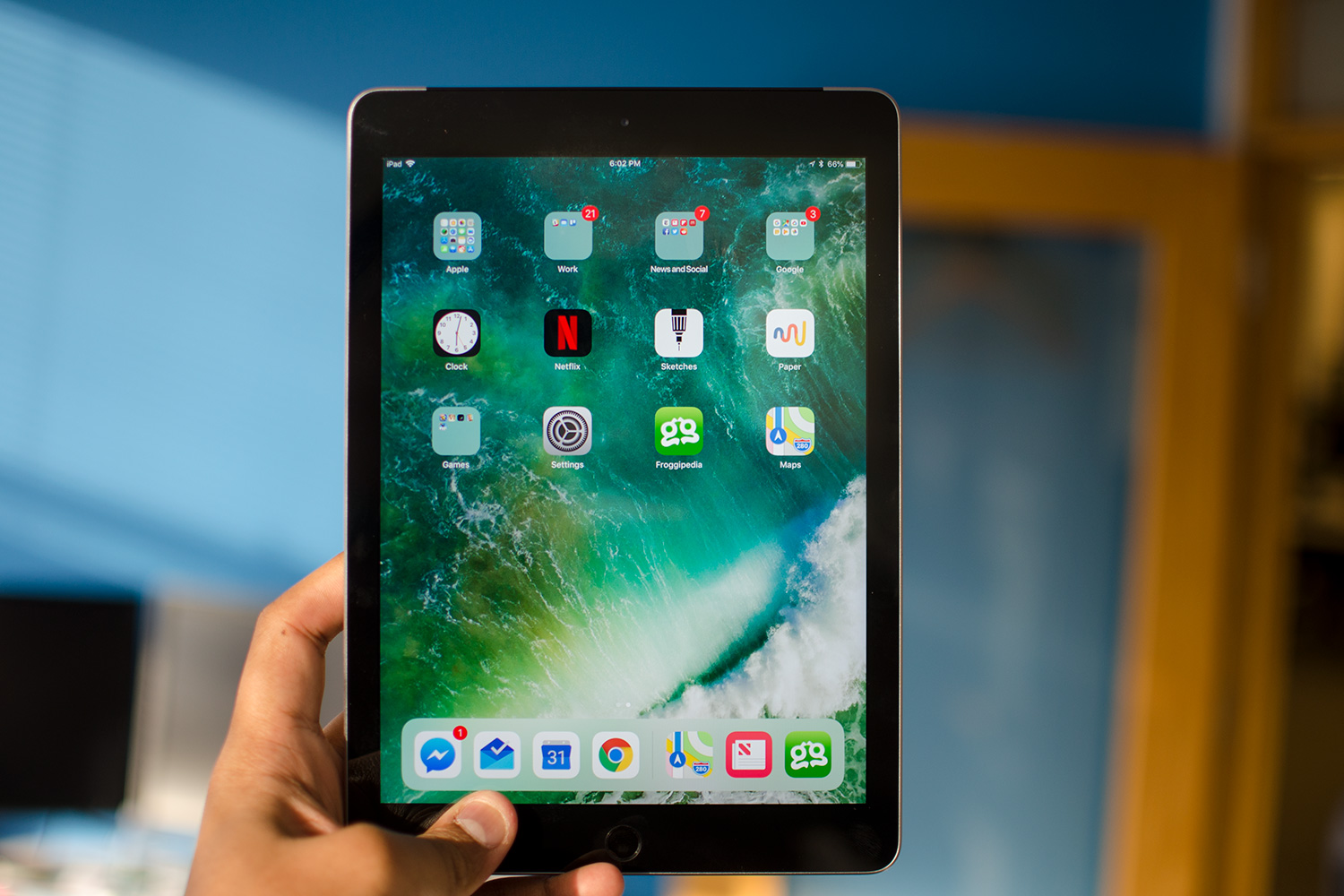
The A10 Fusion processor and optimized iOS 11 brought massive improvements, leading Moyens I/O to acclaim the device as “the best tablet.”
iPad Pro (11-inch) and 12.9-inch (3rd Generation) — 2018
In 2018, Apple revealed a redesigned “Pro” lineup featuring USB-C connectivity and versions that supported 5G cellular.
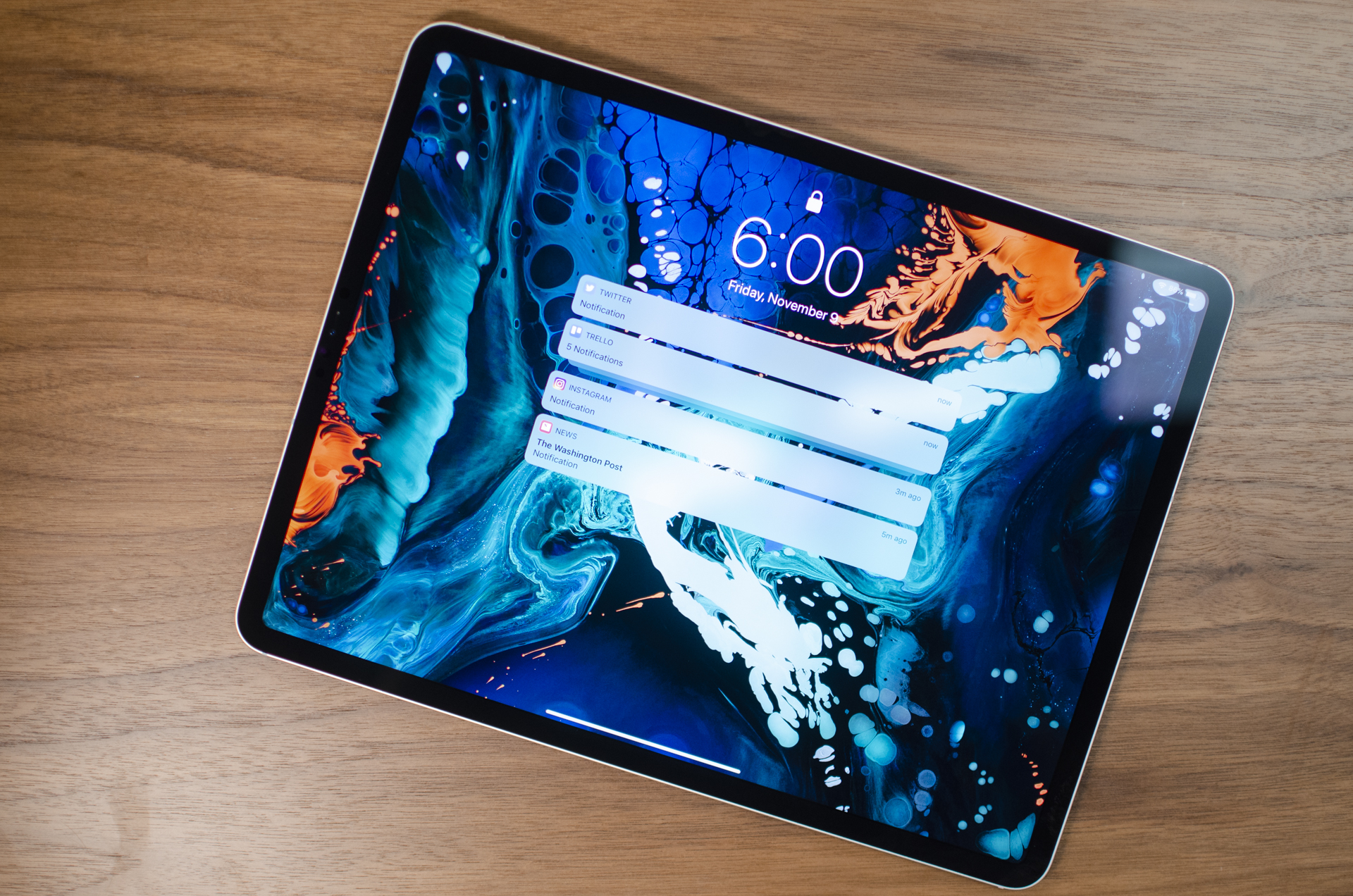
This new era brought powerful A12X Bionic chips delivering increased performance in creative tasks.
iPad Air (3rd Generation), iPad Mini (5th Generation) and iPad (7th Generation) – 2019
The following year saw the introduction of new models, with the iPad Mini gaining Apple Pencil support and advanced specs at an attractive price.

In late 2019, the 7th-generation iPad launched, featuring a 10.2-inch display while maintaining budget-friendly pricing.
iPad Pro (11-inch and 13-inch), iPad (8th Generation), and iPad Air (4th Generation) – 2020
The 2020 iPad Pro upgraded with a dual-camera setup and new chipsets showcased its commitment to advanced technology.
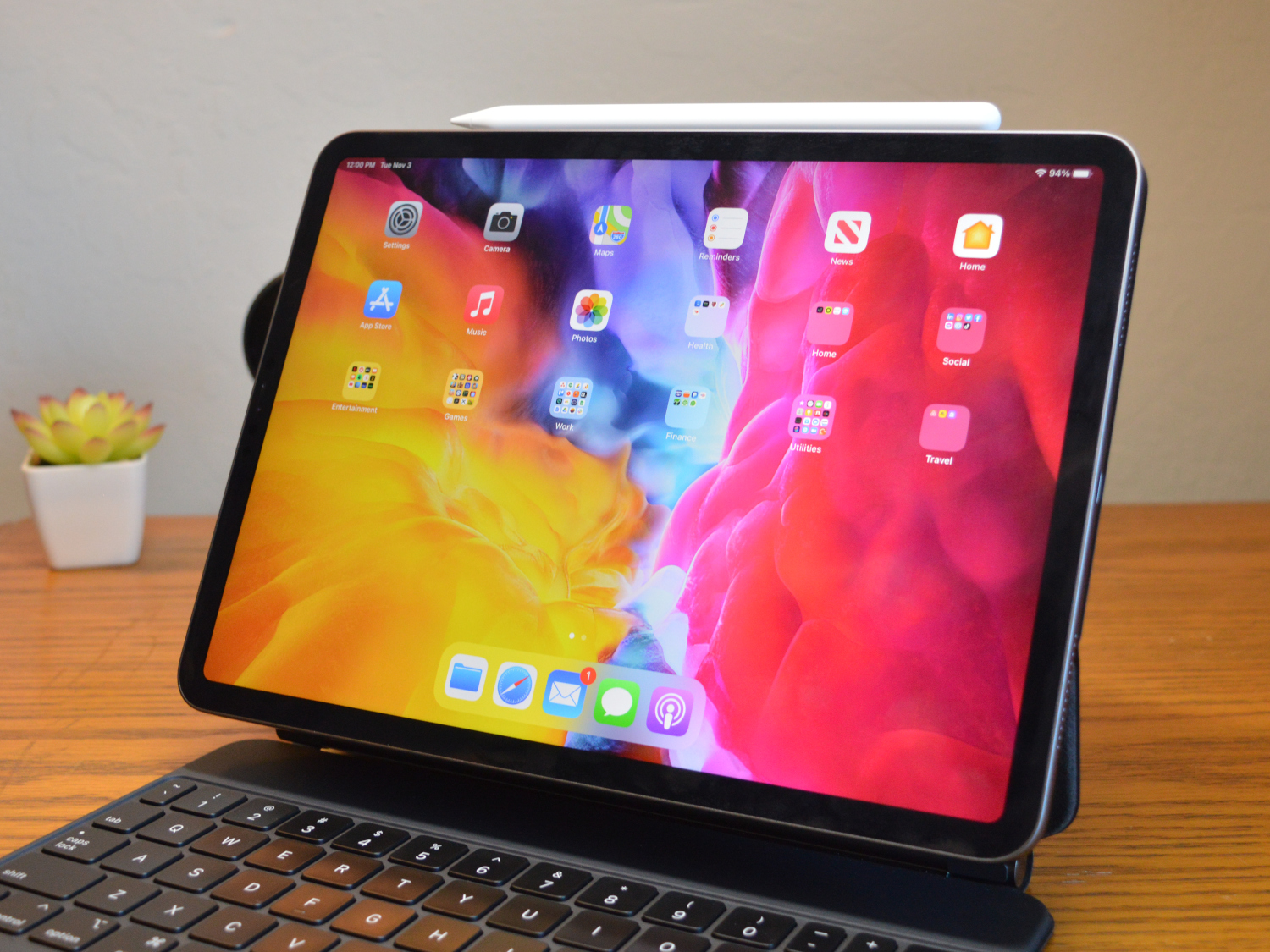
Apple maintained the strong price point on the 8th-generation iPad while delivering user-friendly enhancements.
iPad Pro (11-inch and 13-inch), iPad (9th Generation), and iPad Mini (6th Generation) – 2021
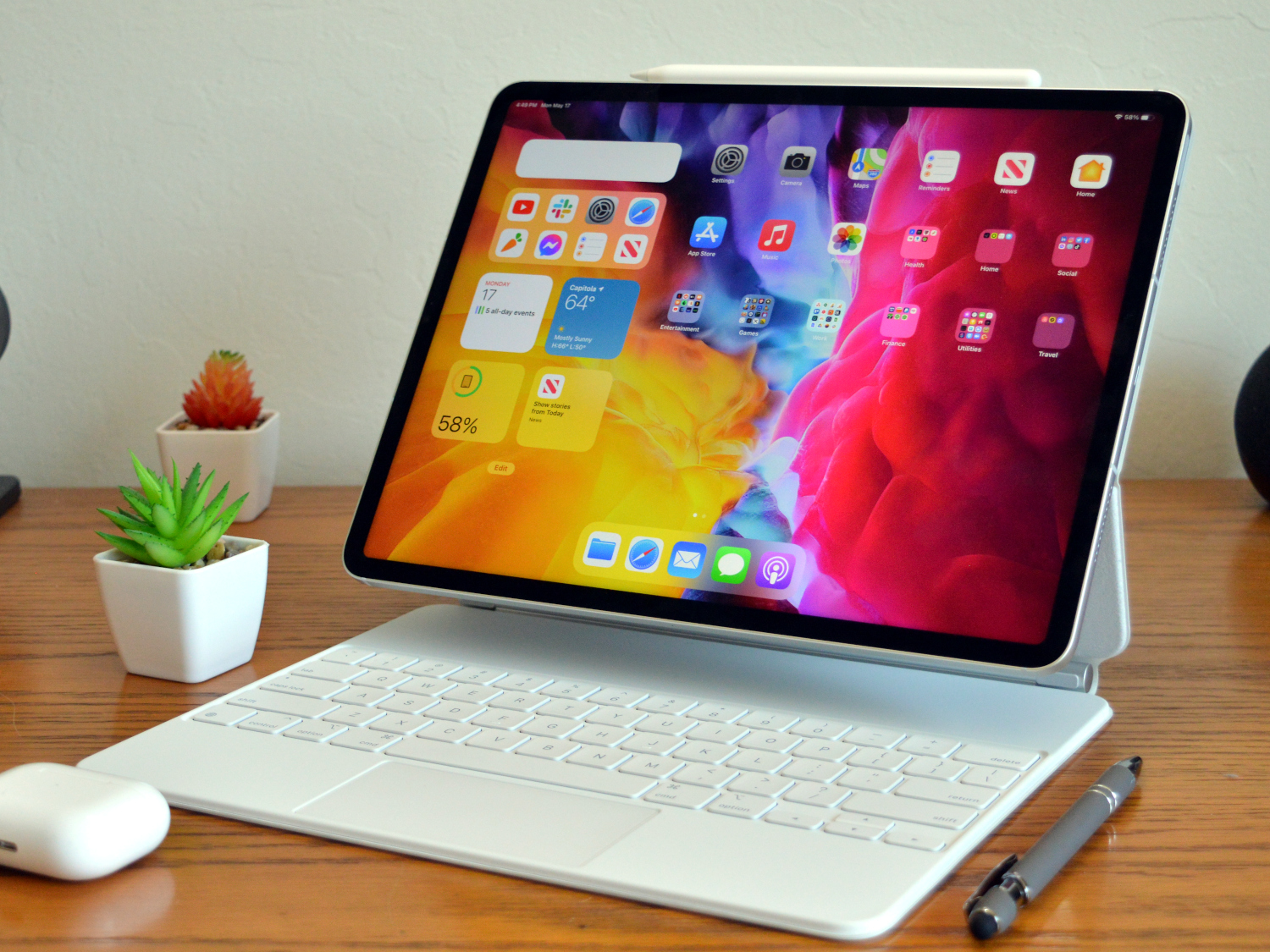
The 2021 iPad Pro pushed boundaries with M1 silicon, 5G support, and innovative display technologies, solidifying Apple’s leading edge.
The newly revamped iPad Mini captivated users with its sleek design, powerful performance, and vibrant display.
iPad Air (5th Generation), iPad (10th Generation), and iPad Pro – 2022
By 2022, Apple made strides with its iPad Air featuring the M1 chip, bringing desktop-worthy performance into a portable format.
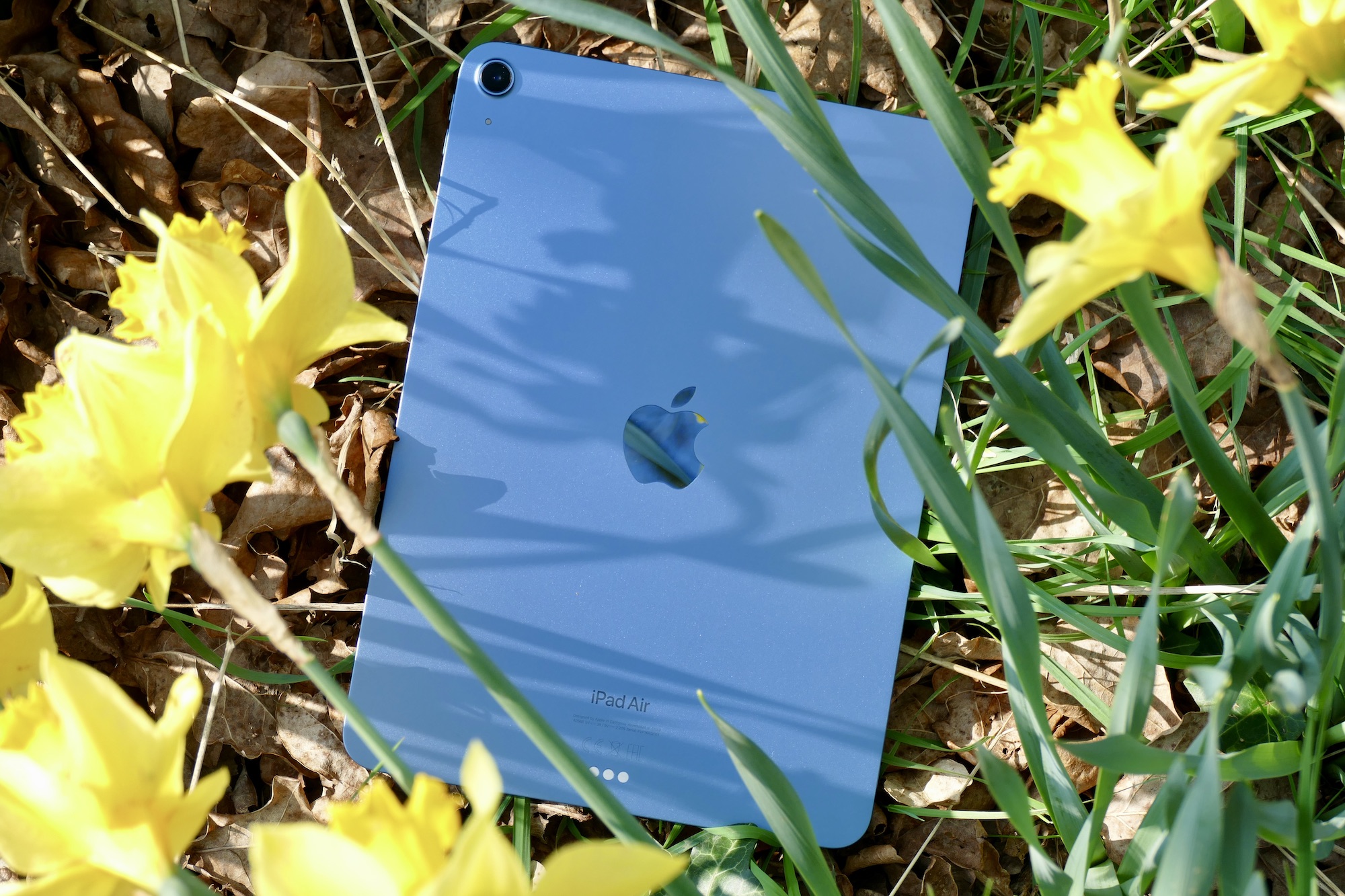
The redesigned iPad introduced vibrant colors and an advanced A14 chip, enhancing usability and retaining affordability.
iPad Air (11-inch and 13-inch), iPad Pro (11-inch and 13-inch), and iPad Mini (7th Generation) – 2024
Apple shifted dynamics again in 2024, unveiling new iPad models that emphasized user-centered design and performance.

A brand new design language and an OLED display enhanced the luxury feel, catering to creative professionals and casual users alike.
iPad (11th Generation) and iPad Air (11-inch and 13-inch) – 2025

In 2025, Apple reinforced its dedication to innovation by doubling the storage capabilities while maintaining competitive pricing.
There’s speculation surrounding the next iPad’s enhancements, likely a new chip alongside innovative interface improvements. Users can anticipate an upgraded experience combined with Apple’s signature quality.
What does this mean for you? If you’re considering diving into the iPad ecosystem, whether for work or leisure, you can find a model that fits your lifestyle perfectly. Explore the evolving world of iPads and stay updated at Moyens I/O.
